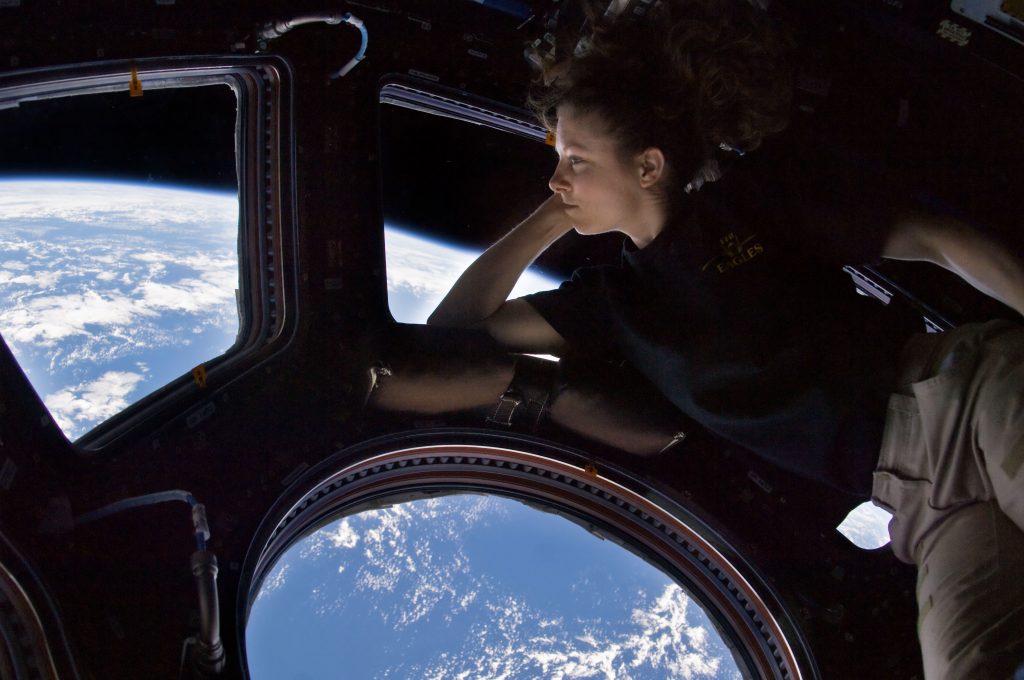In the sky is a castle, built in free fall, brick-by-brick, where the sun rises and sets every ninety minutes. The castle derives its energy from sunlight and recycles its water. Sealed against a vacuum, its inhabitants float and glide through its passageways and gaze down at Earth through its expansive cupola.
In an earlier age, the castle would be the magic of legend, but in ours, it’s the International Space Station. Assembled in low Earth orbit, its unique microgravity laboratories are powered by giant solar electric panels that rotate like windmills to track the sun. Arguably the most complex engineering project ever accomplished, the ISS is a model for international cooperation, where former cold-war enemies live and work together.



